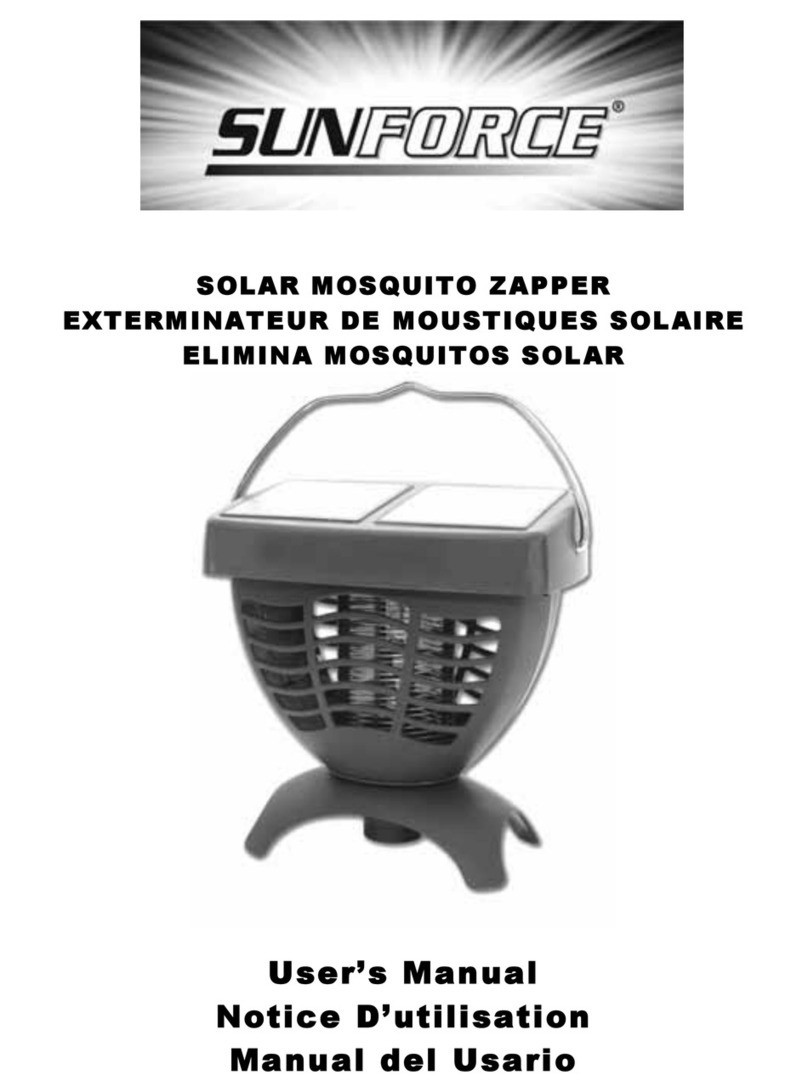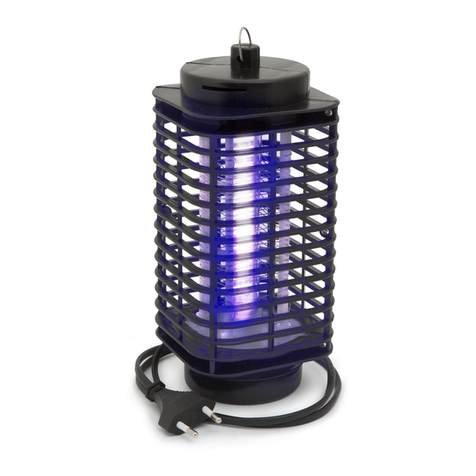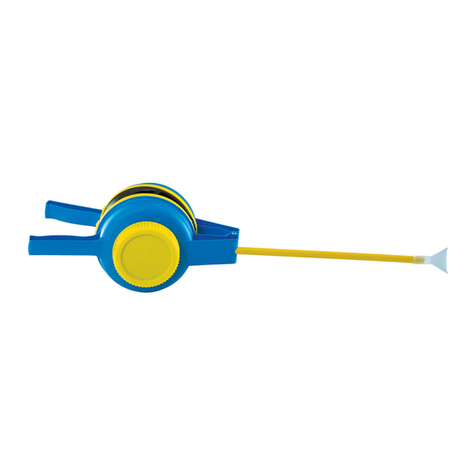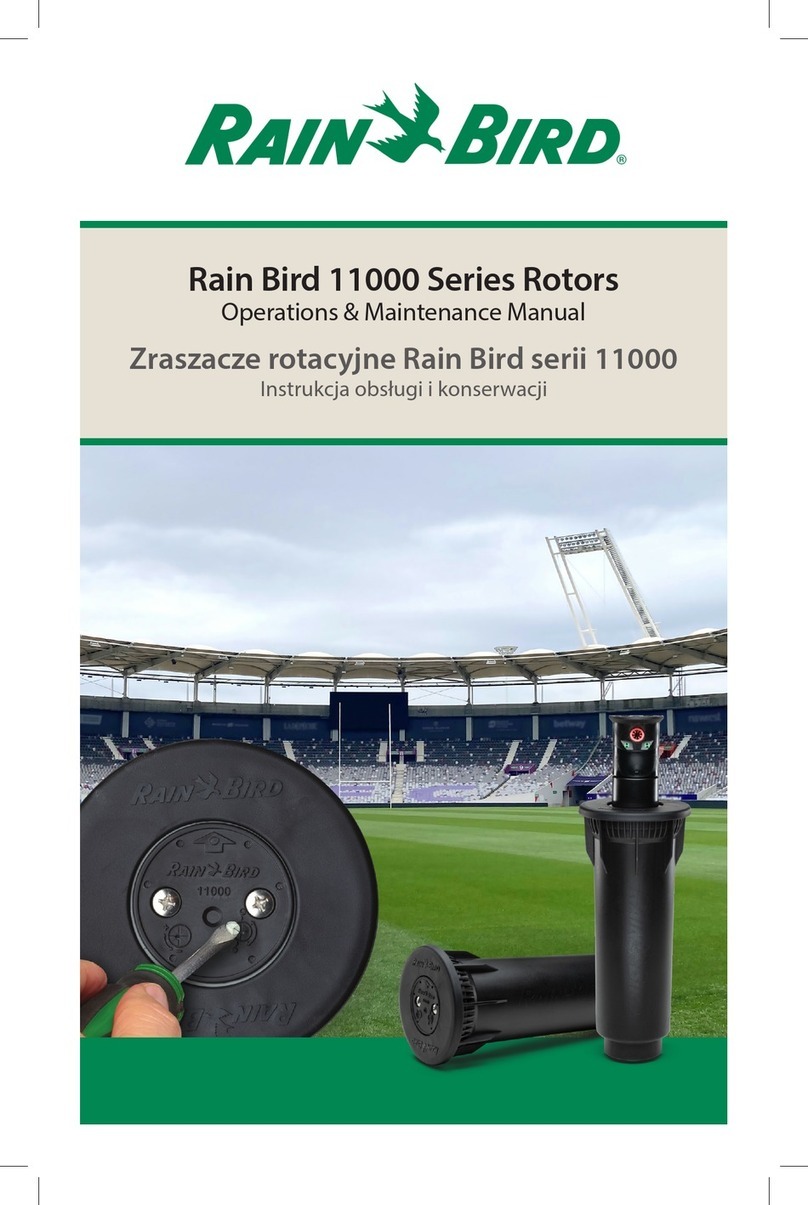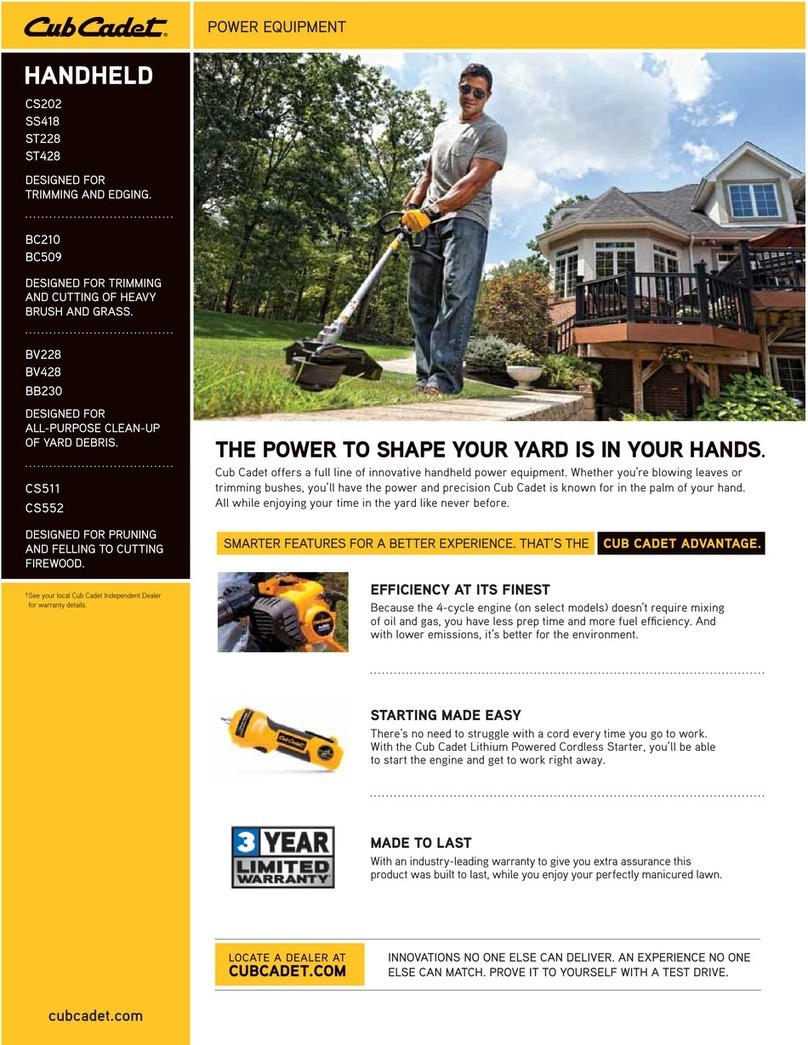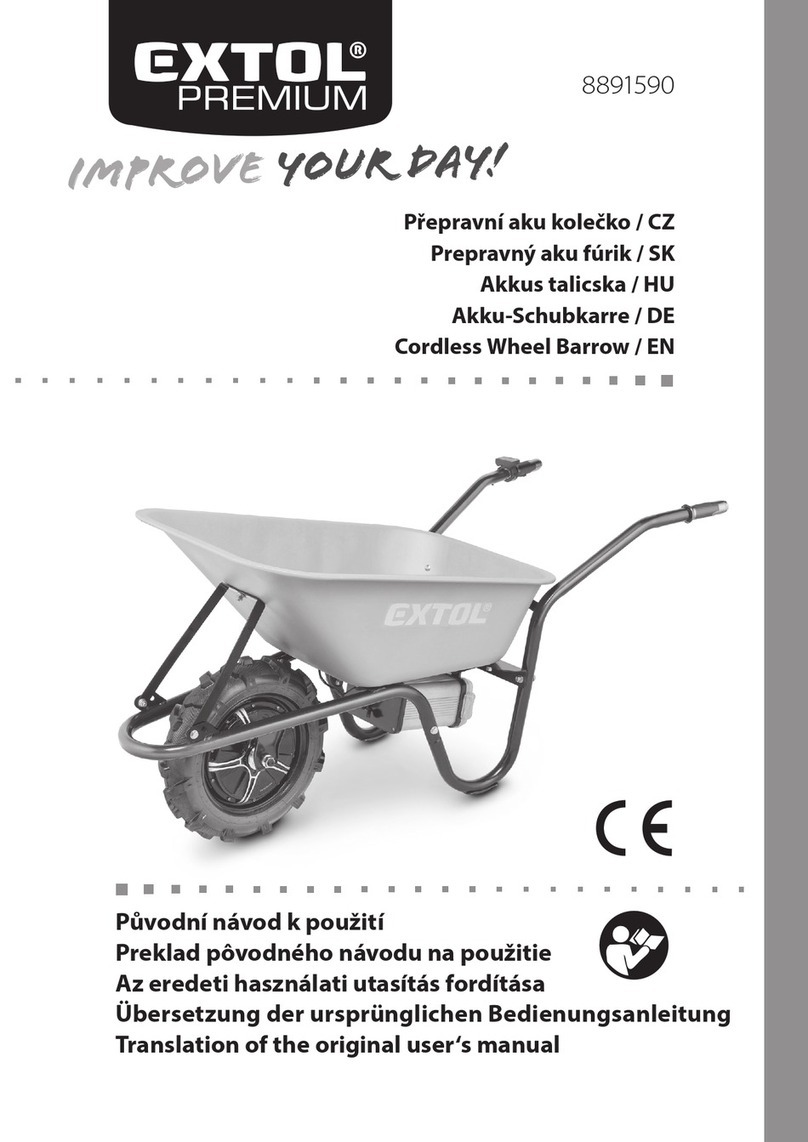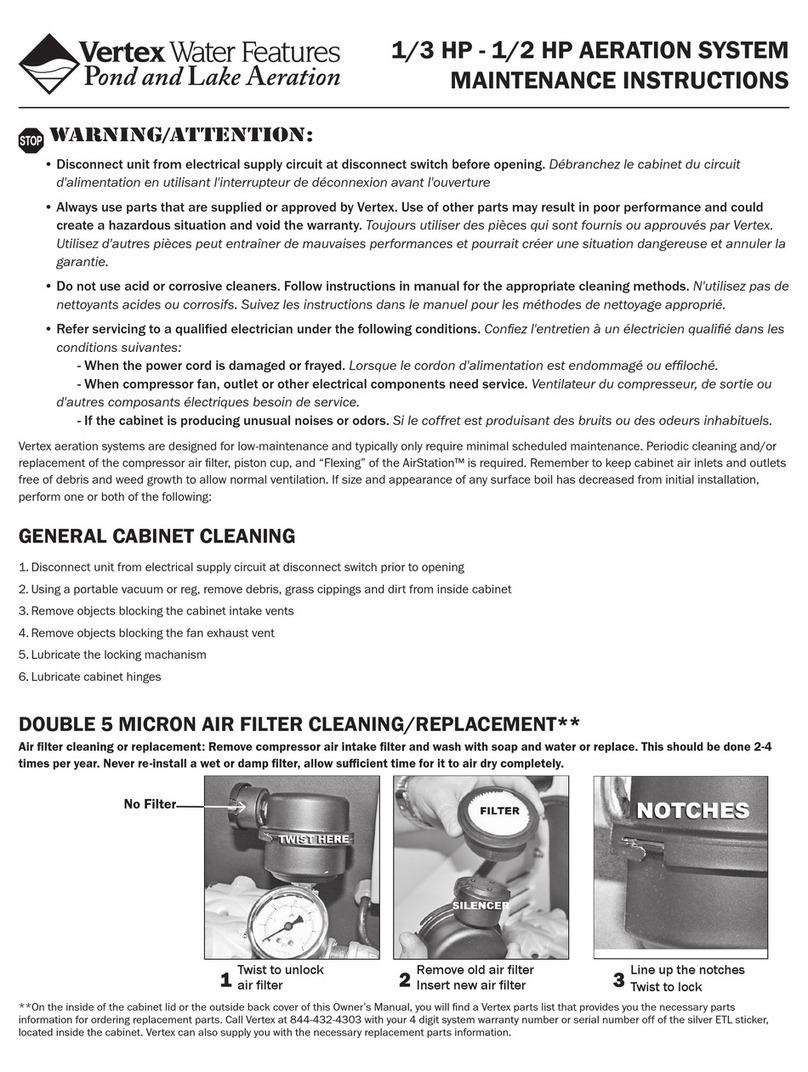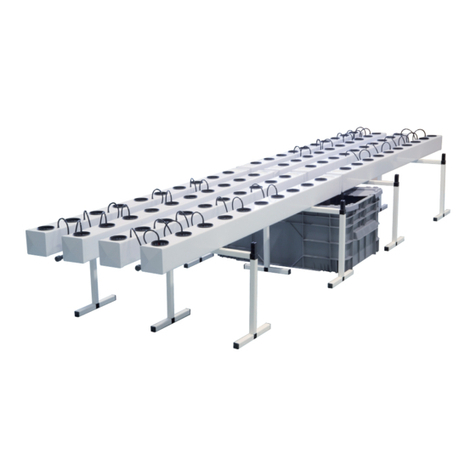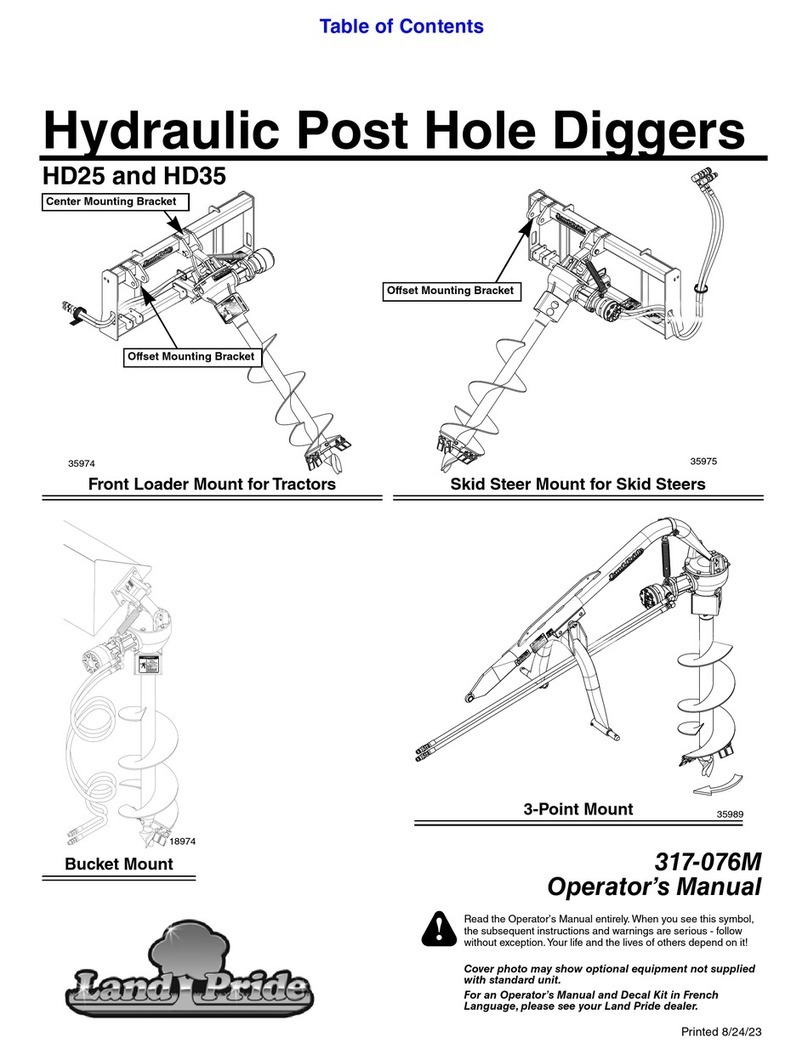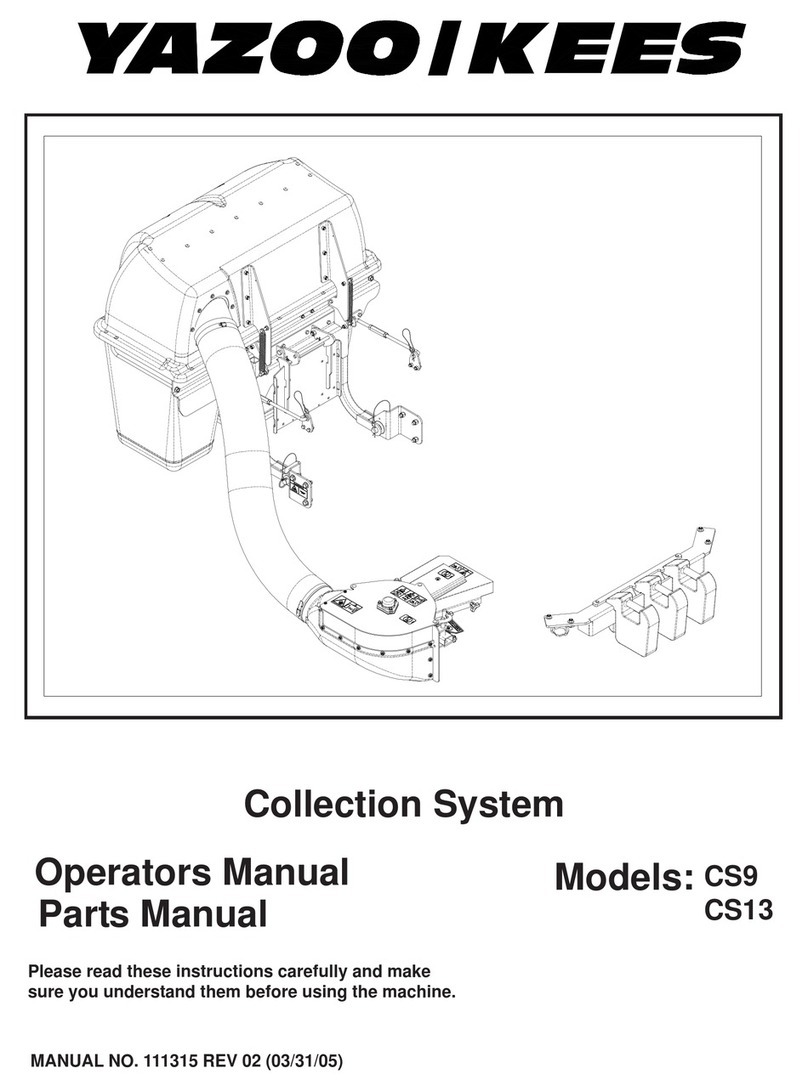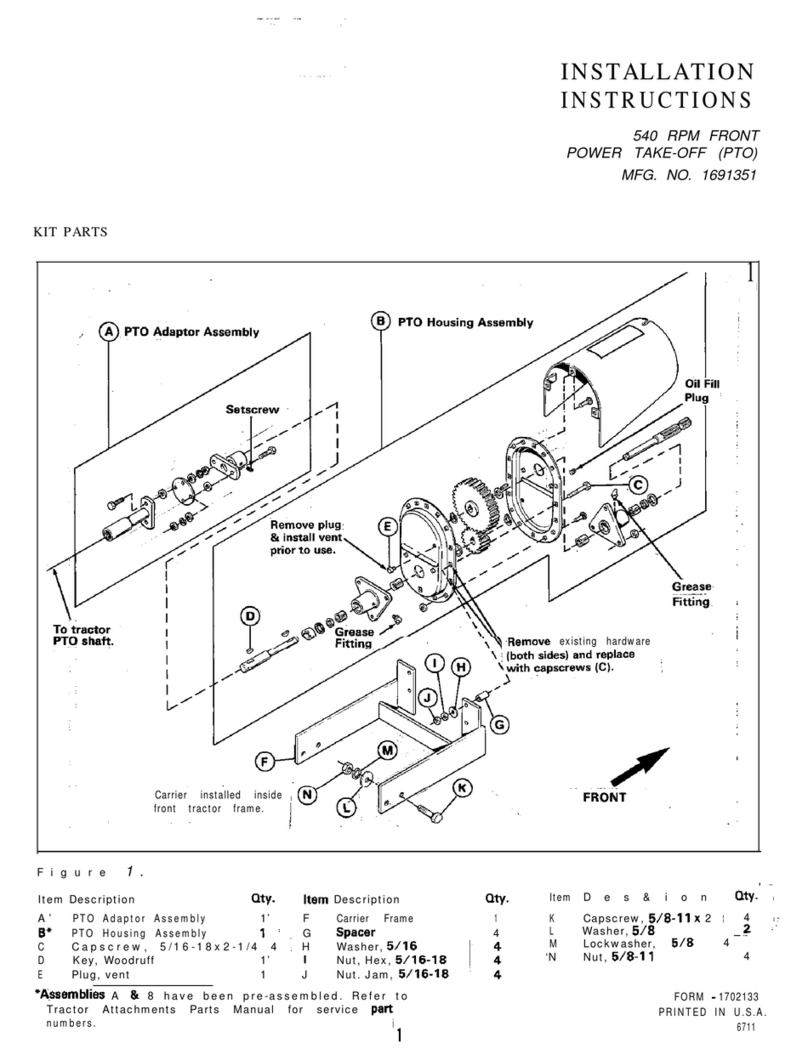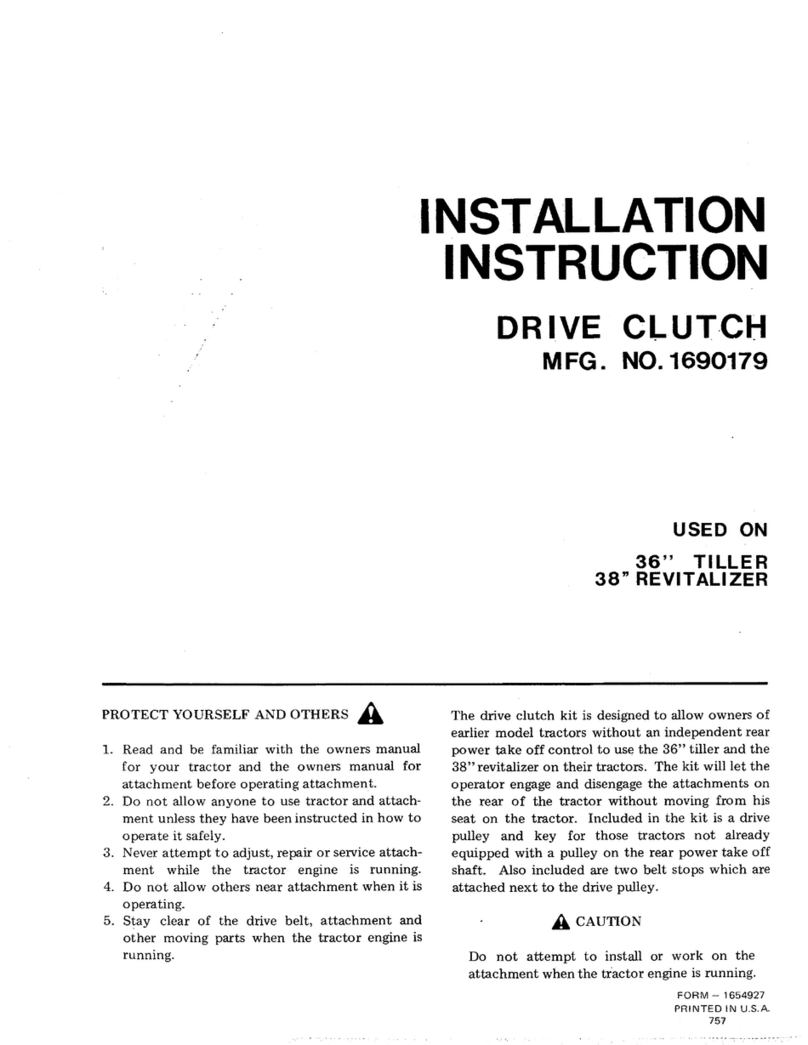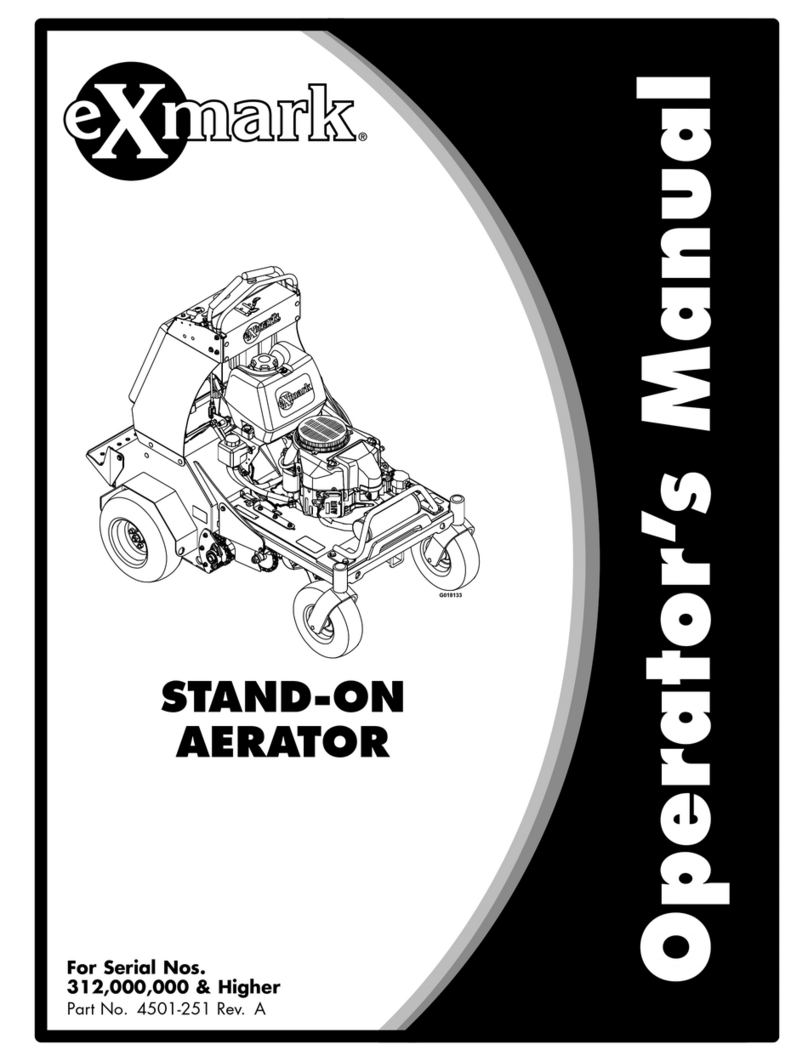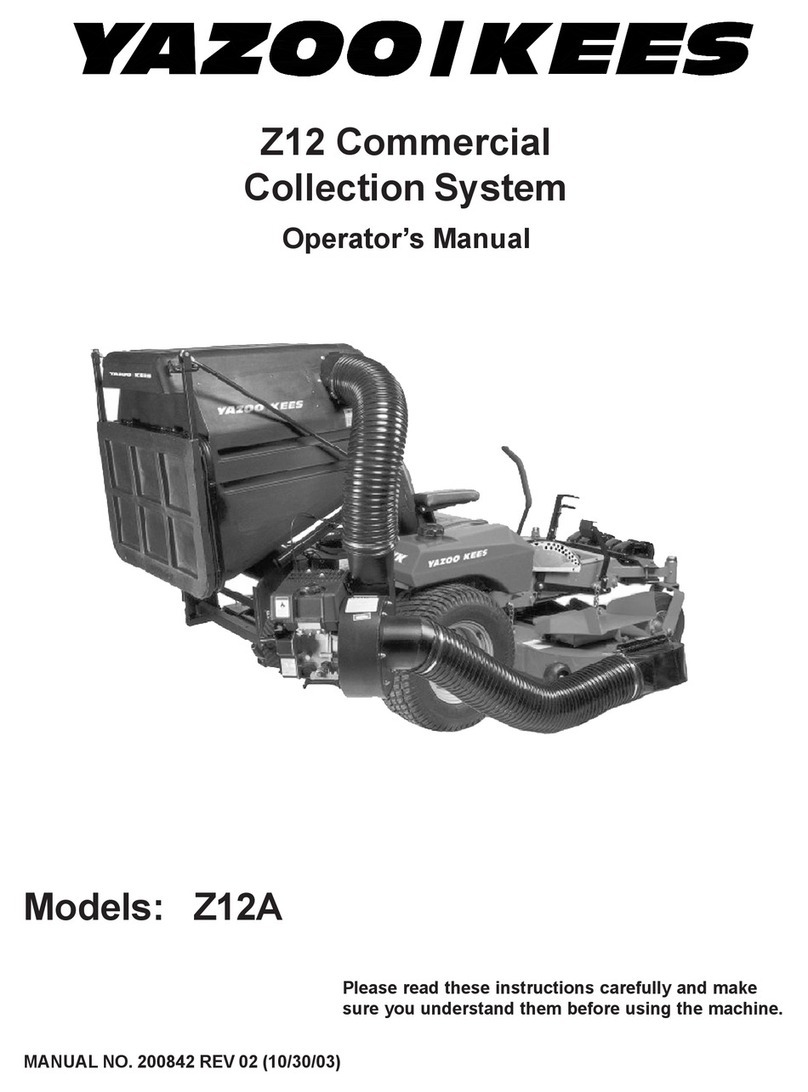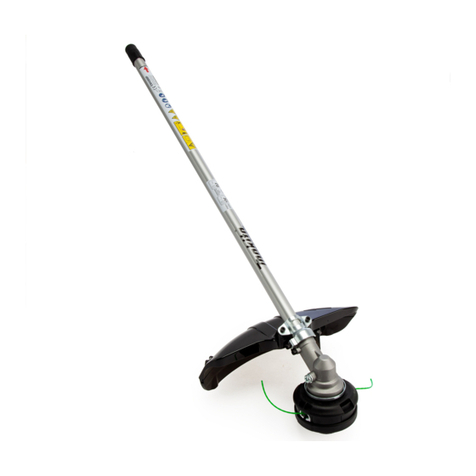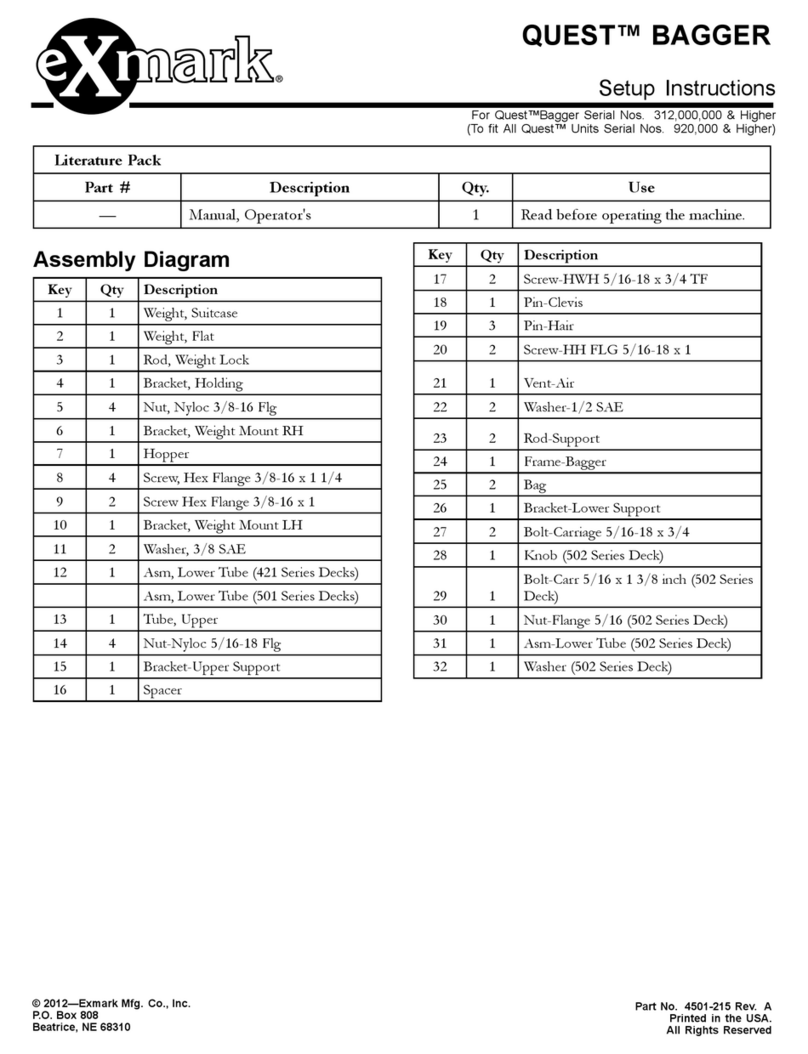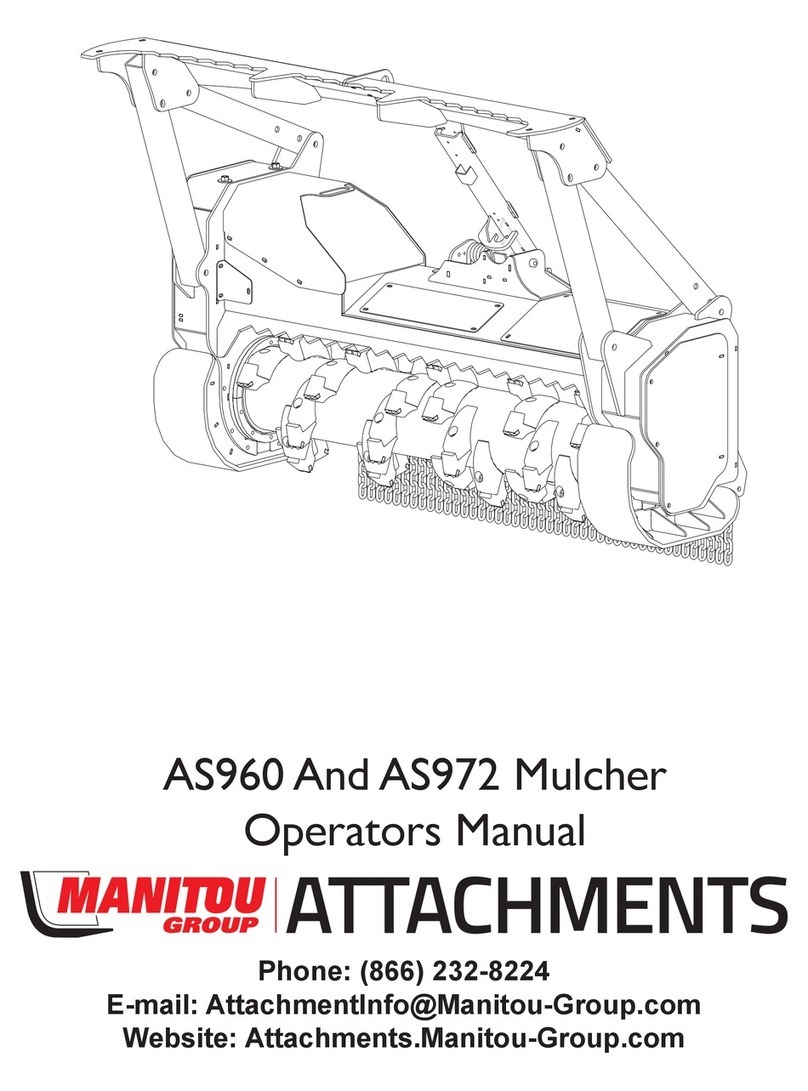
K-Line Ag ©
__________________________________________________
Page | 1
Dear Customer
Thank you for purchasing a CropCommander®. We would like to assure you that you
have made a good choice, and will be able to rely on this high quality piece of
equipment. We ask you to follow the user’s instructions closely, as this will ensure that
you experience the benefits of using the machine without experiencing the unnecessary
down time caused by misuse.
When you receive the machine, make sure that it has not been damaged during
transportation and that no parts are missing. Contact your dealer immediately if any
parts are missing. Ensure that all components are correctly adjusted.
The return of the Warranty Registration Form (Page 32) will enable a prompt and
efficient identification of your CropCommander®and attention to any concern you may
have.
Before operating PLEASE TAKE THE TIME TO LEARN the process of operation. Do
not take the unit for granted; ease into becoming familiar with your new equipment. The
operator should be a responsible adult familiar with farm machinery and trained for this
purpose. Do NOT allow persons to operate or assemble the unit until they have read
this manual and understand how to use this machine, and observe the safety
precautions.
Never exceed the limits of this machine. If its ability to do a job, or to do so safely, is in
question - DO NOT TRY IT.
DO NOT attempt to operate this equipment under the influence of drugs or alcohol.
Remember - Your best assurance against accidents is a careful and responsible
operator.
If you have any questions not answered in this manual or require additional copies or
the manual is damaged, please contact your dealer or be free to Phone us on our Free
call Number: USA - 1800 445 6882 AUS - 1800 194 131
The team here at K-Line Agriculture trust you enjoy a good season and prove the
benefits of owning and operating a quality machine that is built to perform.
Signed:
James Larsen
General Manager
